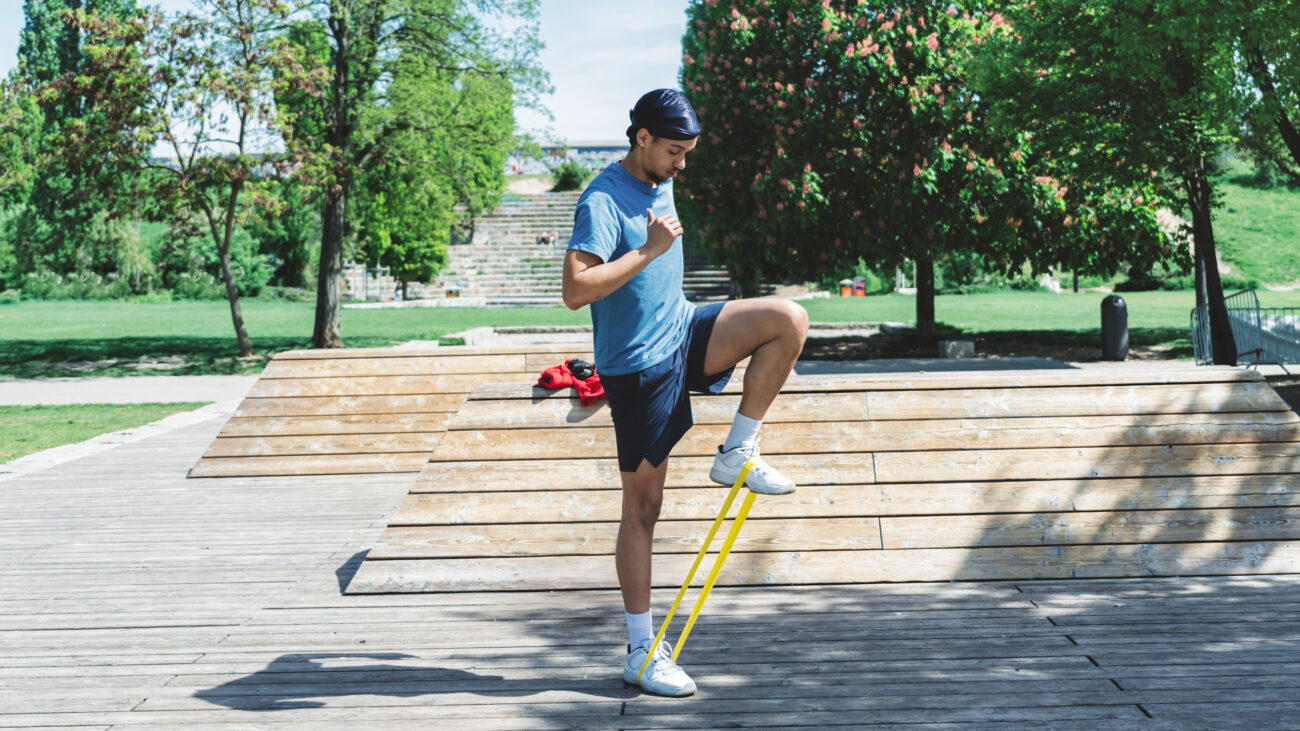Blog
Your microwave doesn’t suck, you’re just using it wrong — cooking expert shares 5 tips for better results
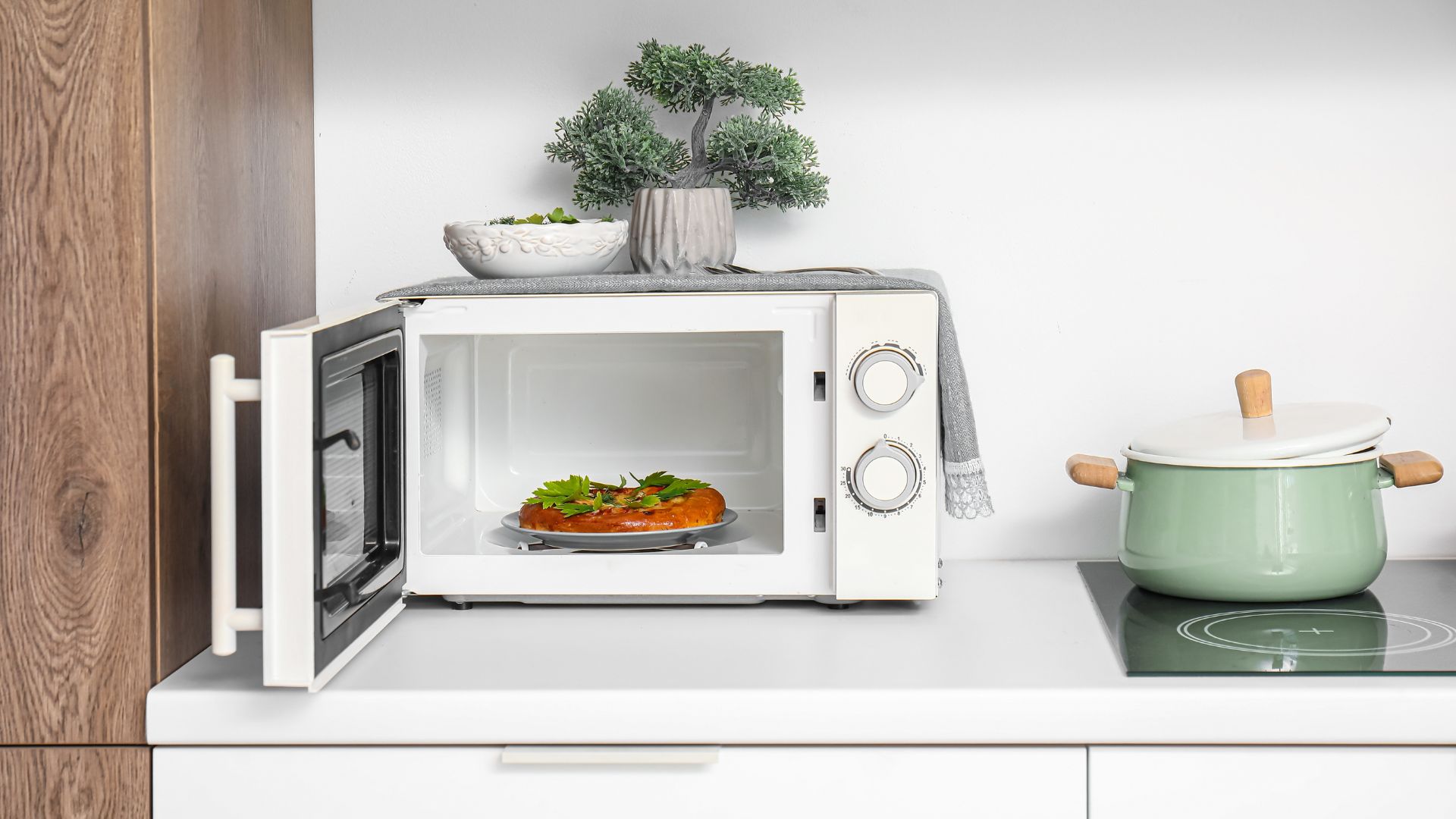
You’d be forgiven for thinking that microwaves are a one-and-done kind of kitchen appliance. Even with the best microwaves, which often come with settings for foods like popcorn or potatoes, you can simply press a button and walk away.
But microwaves can give mixed results. Reheated soup can be piping hot on top, but still fridge-cold in the center, and those leftovers can pop and splatter, covering the entire inside of your appliance with baked-on sauce.
It can be easy to blame your microwave for these common annoyances, but as the saying goes, a bad workman always blames their tools. And according to Andrew Wright, founder of Cookology, there are some simple tips that can help all of us get the best out of our microwave.
“Microwaves are brilliant tools when used properly, but we see the same mistakes again and again,” explains Wright. “People often treat them like a one-button solution, but a little know-how goes a long way in improving results and extending the life of the machine.”
Here are the five common microwave mistakes he warns against making.
1. Sealing food containers too tightly
I usually leave the lid tightly in place when reheating my leftovers. The way I see it, this protects my microwave from mess and splatters.
But according to Wright, that’s a big mistake. “Fully sealed lids can cause pressure to build up,” they say, “which may lead to the container warping or the lid popping off.”
And on top of that, this could also be damaging your food containers. “Even microwave-safe containers can become damaged if the lid is fastened too tightly,” according to Cookology. “For best results, cover your food loosely to keep heat and moisture in, but allowing it to safely vent.”
You can also use a microwave food lid, which can be found extremely cheaply. The IKEA Prickig costs just $1.49 — it covers your food to prevent spatter when using containers with loose or no lids, but also has vent holes to release steam and prevent soggy food.
2. Using your microwave as storage
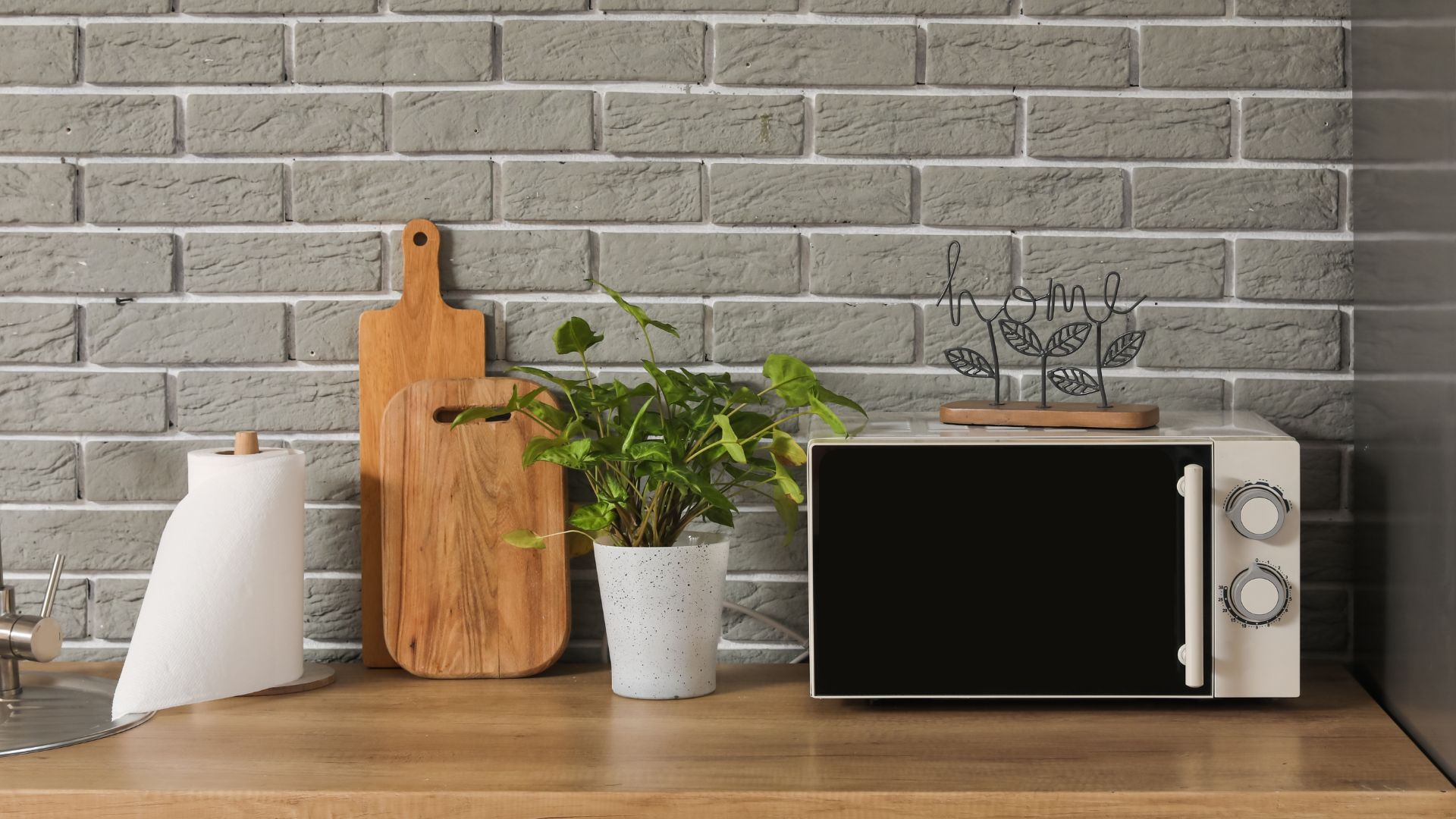
Ok, I’m also guilty of this one. Microwaves can take up a lot of space, and if you’re working with a small kitchen, you may default to resting spare cookware or even placing some home decor on top of it.
But Wright suggests this could be a hazard, and it actually makes a lot of sense. “If you’re in a smaller kitchen with limited surface space and a countertop microwave, it might be tempting to use the top of it for additional storage”, he acknowledges.
“However, this can block the vents, causing them to overheat, leading to potential damage or even creating a fire hazard.”
3. Using the wrong containers
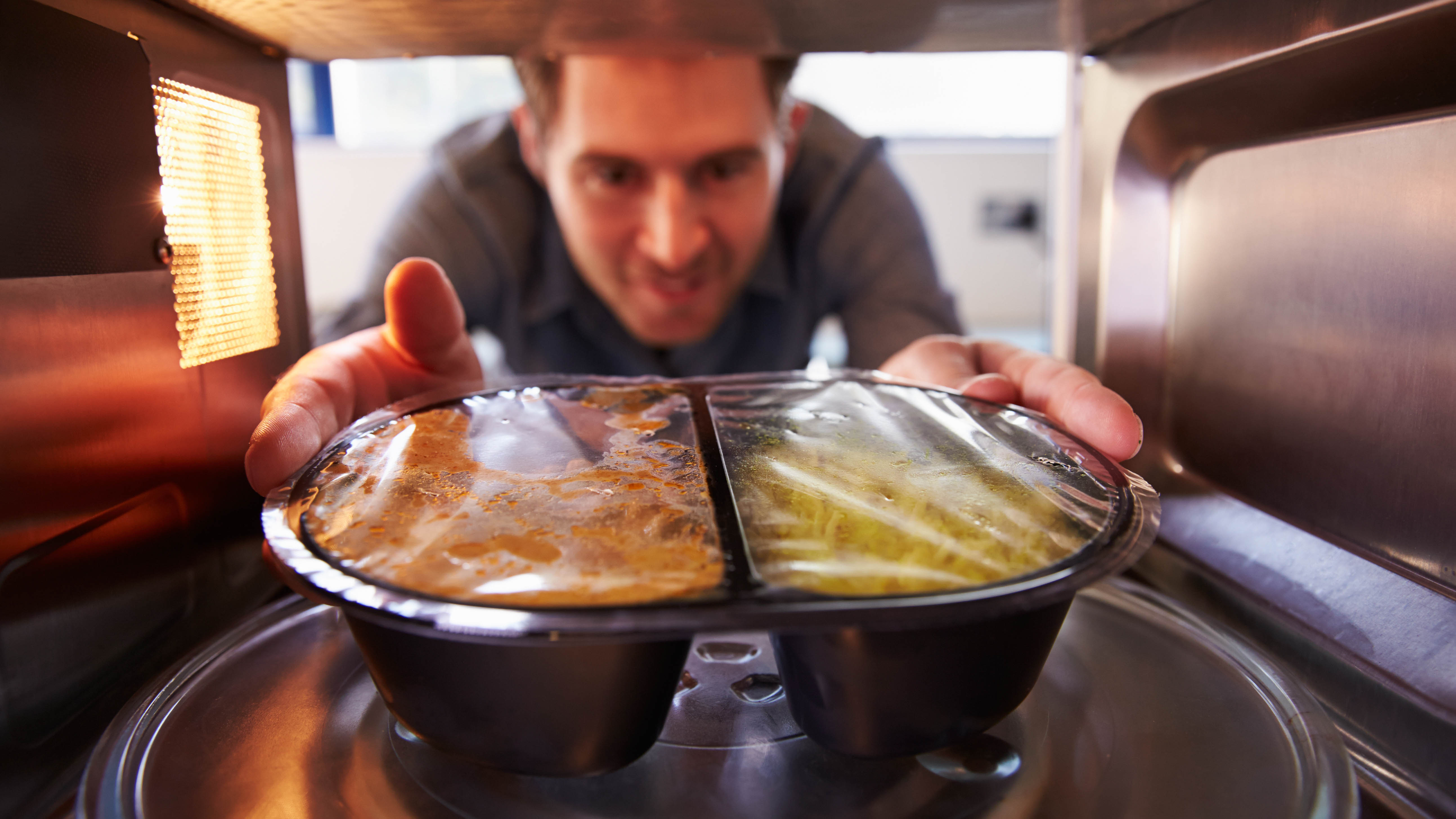
I hate waste, so I often hang onto my leftover takeout containers to use when meal prepping or bringing lunch into the office. According to Wright, that might not be such a good idea.
“It’s commonly known that microwaving anything with metal – even foil trims or twist-ties – can spark and damage the oven, but microwaving plastic can also be a problem.”
“Plastic tubs that aren’t microwave-safe can leak chemicals into food, especially when heating fatty or oily dishes.”
4. Not cleaning regularly enough
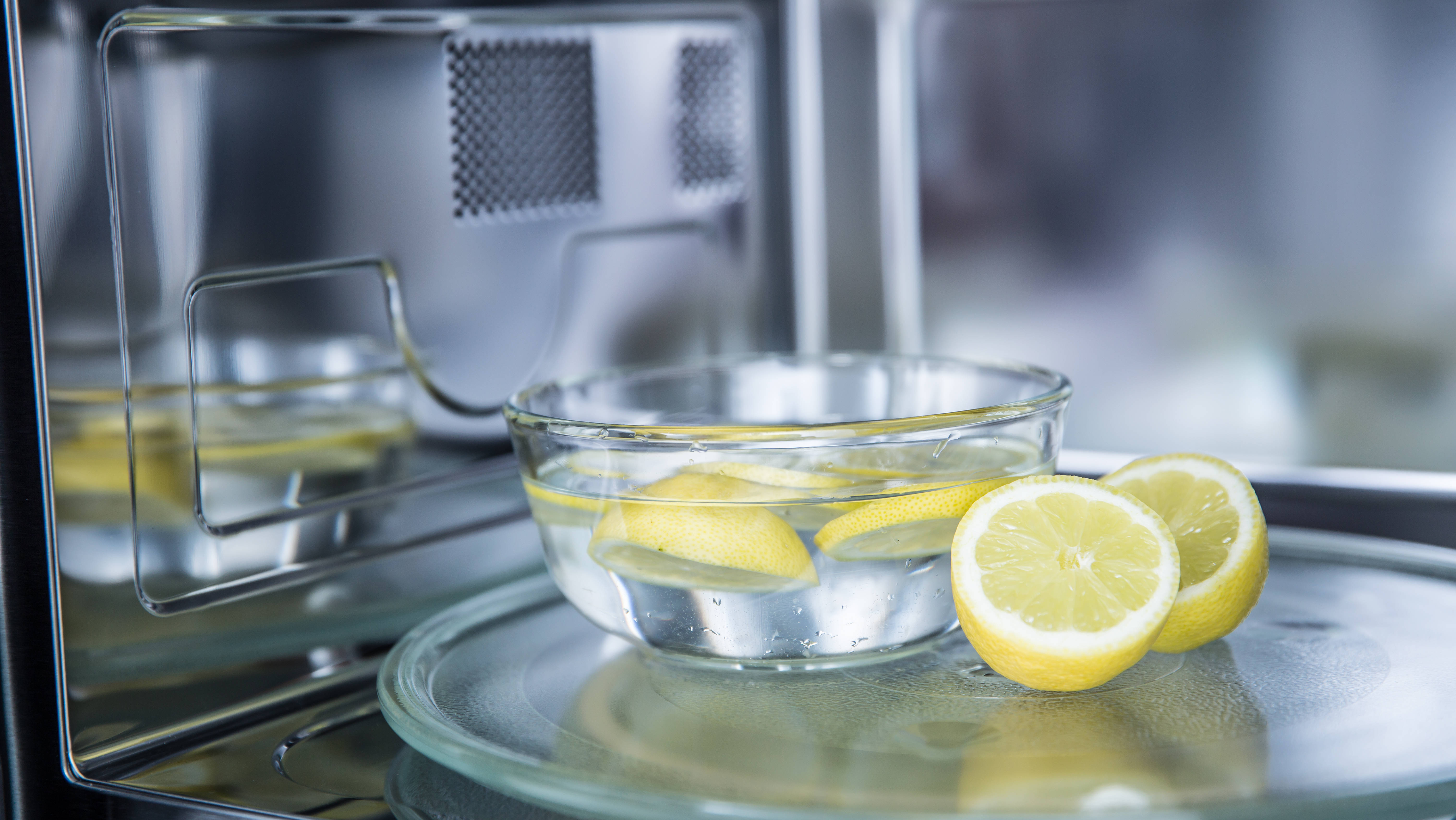
Microwaves are actually incredibly easy to clean if you know how. But it’s one of those chores, like washing your air fryer basket, which is all too easily neglected.
Wright says this could be making your microwave less efficient. “Food splatters also increase the risk of unpleasant smells and smoke,” they warn.
“However, make sure to never clean your microwave with bleach or other ammonia-based cleaners. In an enclosed space like your microwave, these can leave behind toxic fumes that can contaminate your food.”
5. Forgetting to stir
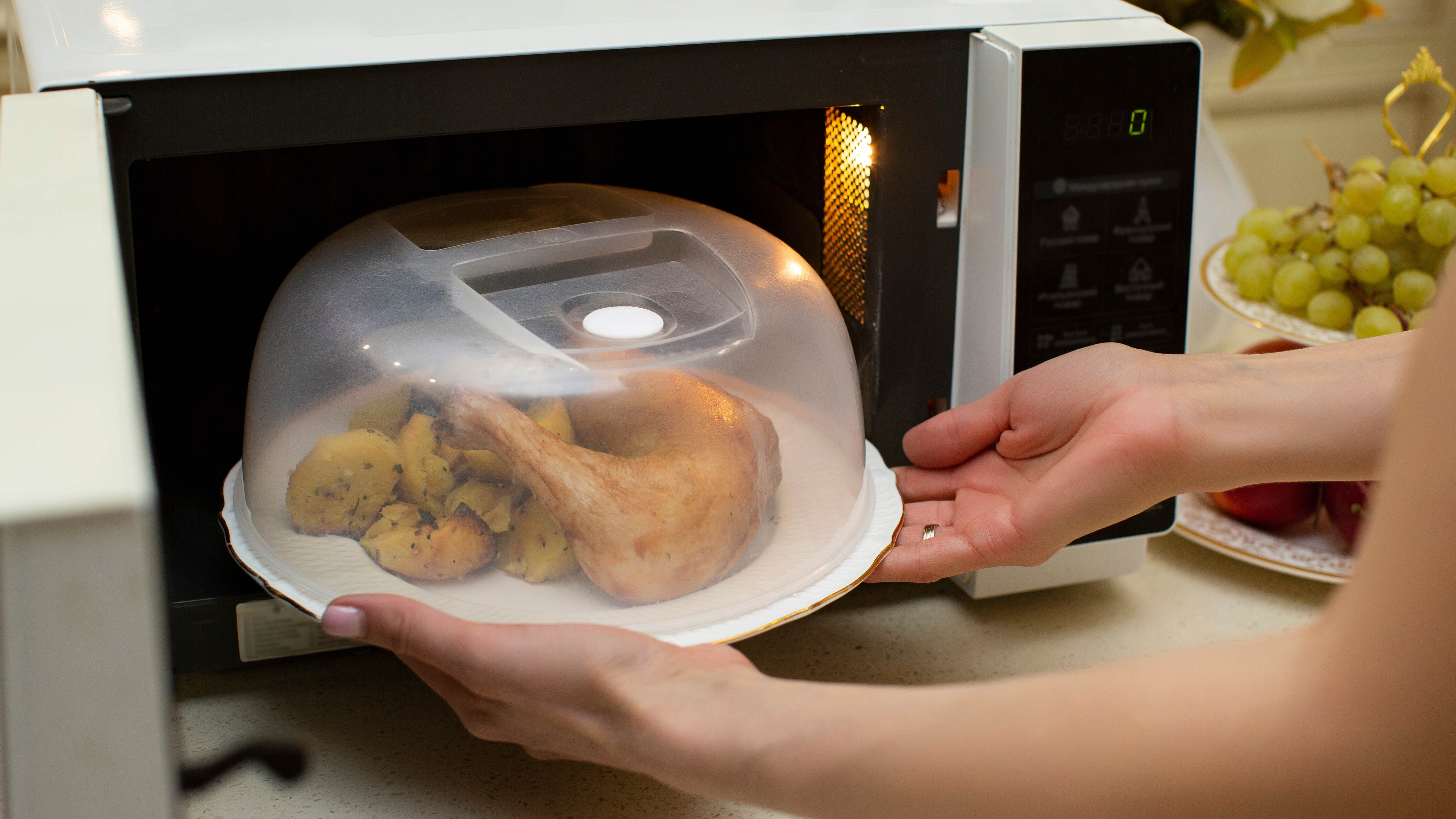
While it’s true that some microwaves will heat more evenly than others, and this is something we look for when we review them, it also doesn’t hurt to give your appliance a helping hand if you want to guarantee that perfect result.
“Microwaves don’t heat food evenly, particularly in older models or versions without turntables”, says Wright.
“Stirring halfway through or rotating the dish ensures safer, more consistent results, especially important when reheating rice, meat or leftovers.”



